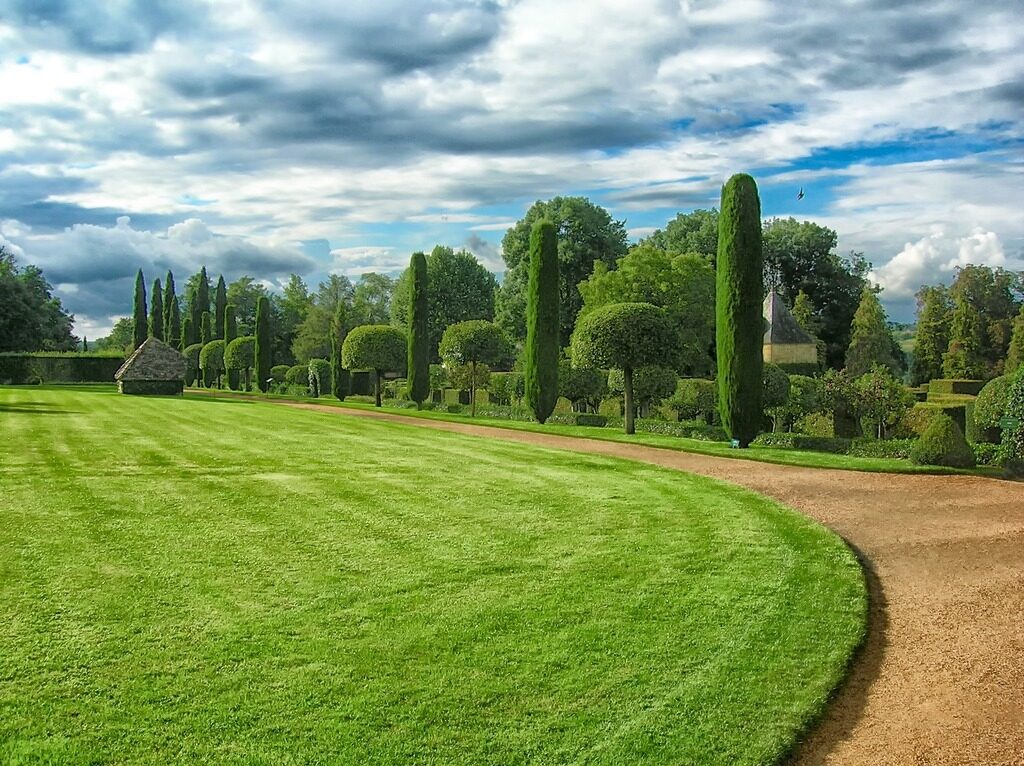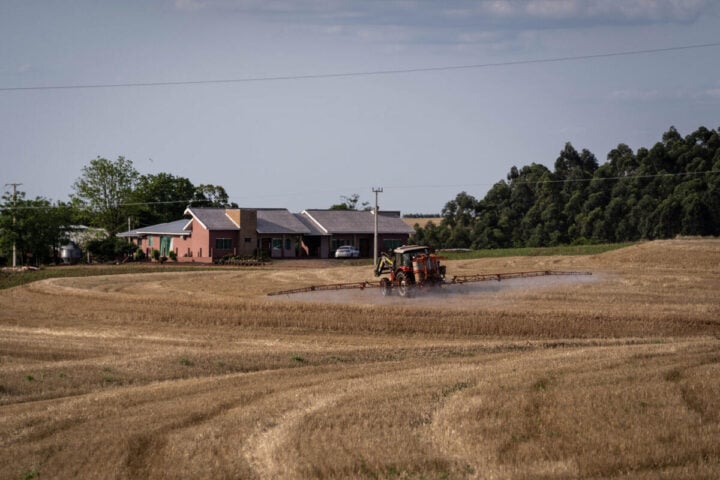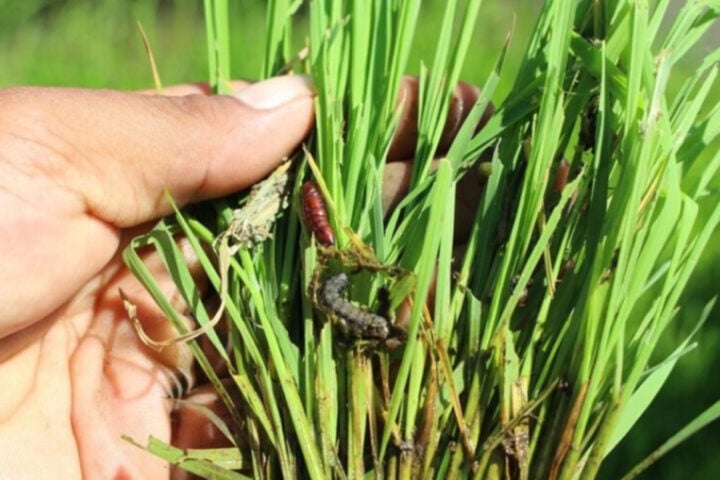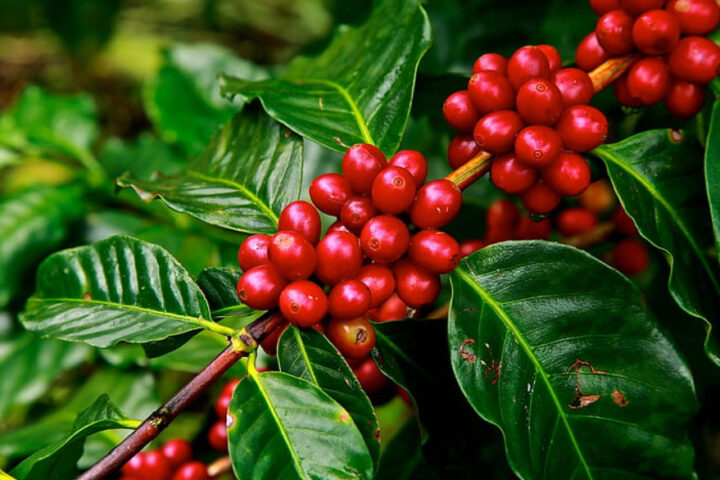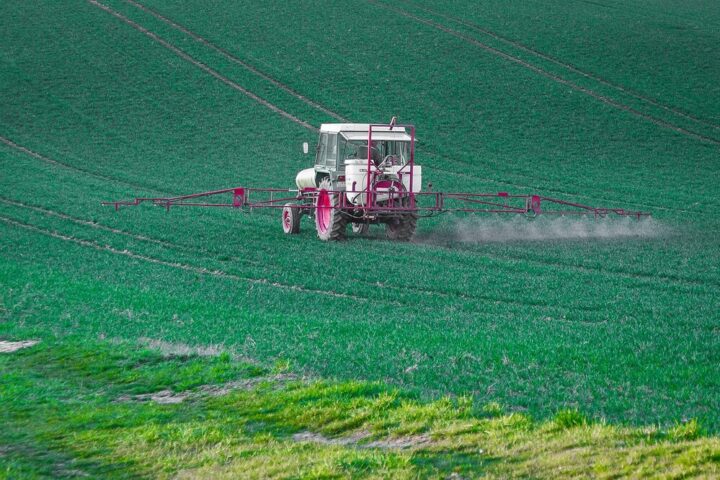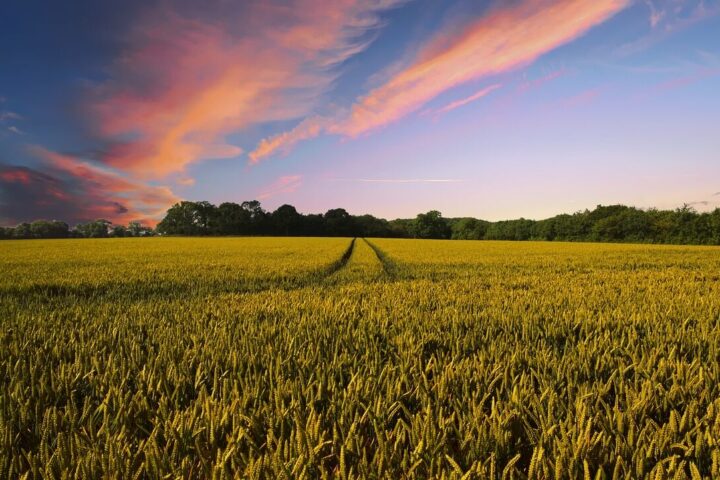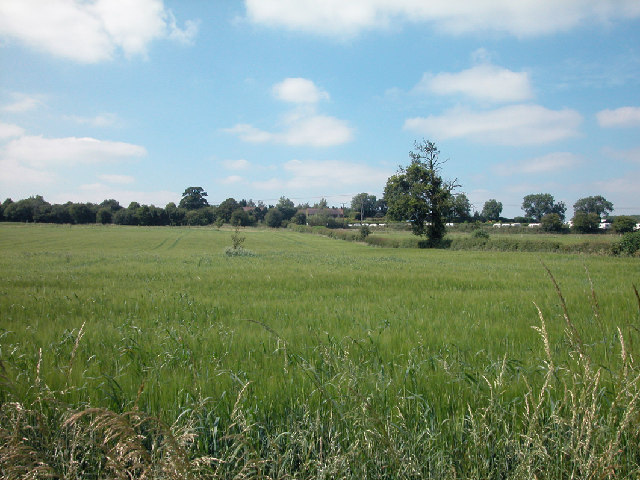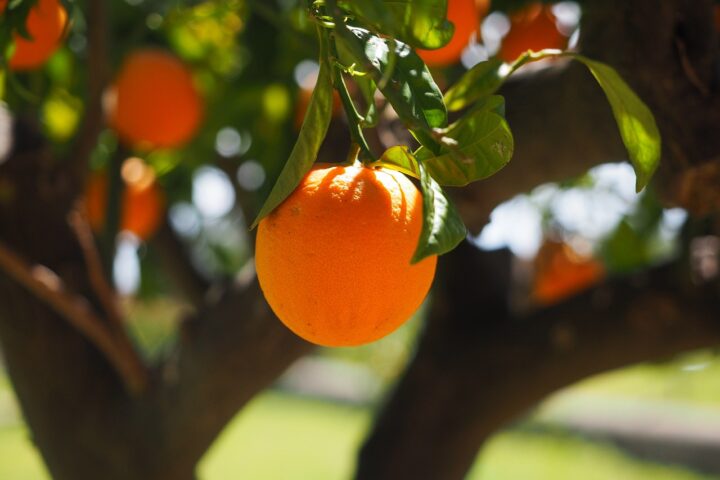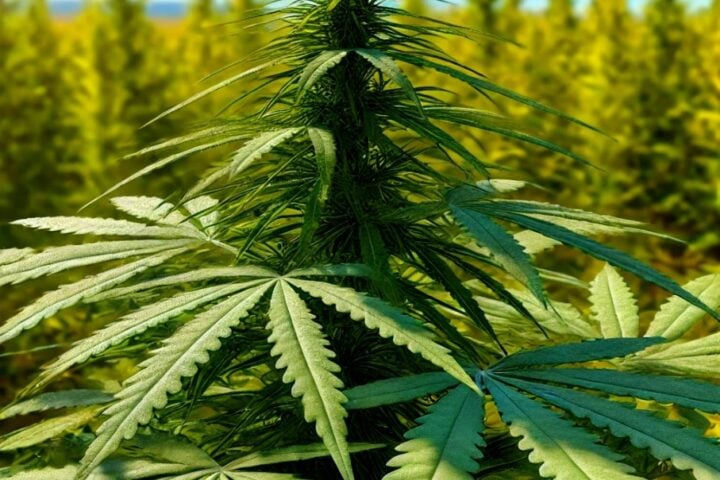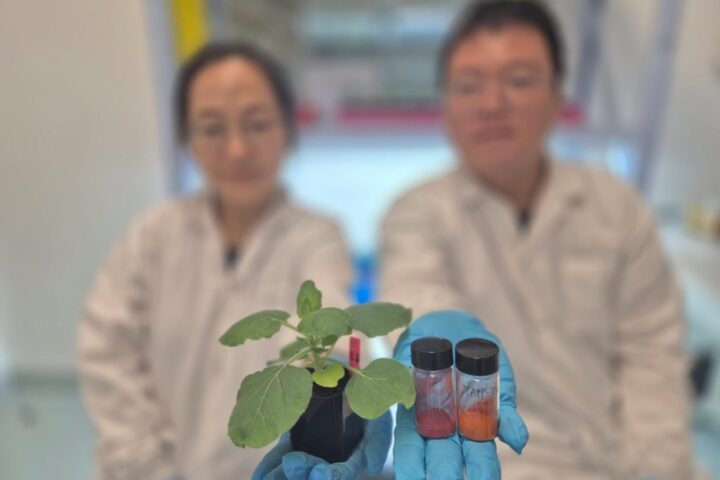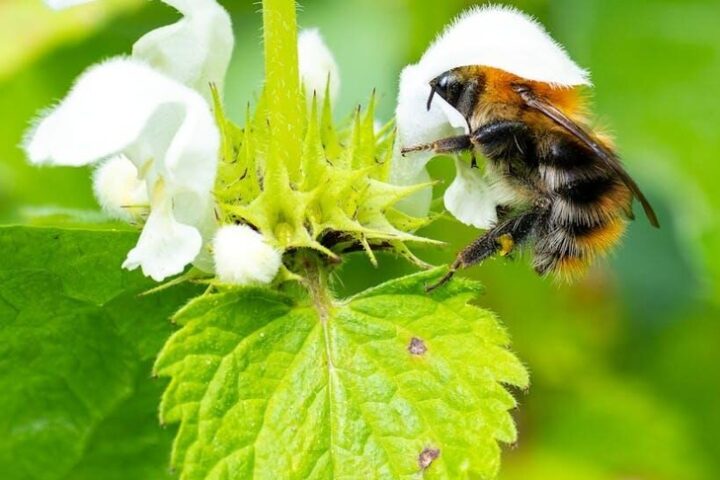There is no secret that plants, from backyard flora to lush garden greenery, rely on nutrients for their growth. In nature, these are predominantly sourced from the soil, which acts as a natural nutrient’s reservoir. Unfortunately, in densely planted areas like lawns and thriving gardens, the soil alone often falls short in meeting the plant’s nutritional demands. And that is when fertilizers come to the rescue. Unless overapplied. In that case, the lawn may suffer a fertilizer burn.
What is fertilizer burn? Basically, it’s a condition that occurs when plants are subjected to an overload of fertilizer, surpassing their capacity to absorb and utilize the nutrients. This leads to an imbalance, causing the accumulation of salts in the soil, which act as agents that draw out moisture from the plant roots, creating drought conditions. The visible impact of this is seen in the discoloration of leaves, which change color to yellow or brown, and in severe cases — perish at all. In lawns, the consequences of fertilizer burn may manifest themselves in scorched grass stripes.
But what causes fertilizer burn? How do you protect your lawn?
Causes And Prevention
First and foremost, to prevent lawn fertilizer burn, it’s critical to understand what causes this issue.
Insufficient Water Usage
Insufficient watering after fertilization can lead to plants showing the signs of fertilizer burn. Balance is everything. The lawn should be moist in the mornings without being waterlogged. Monitoring the weather and your lawn’s condition is key, as excessive watering is not the solution either.
Inappropriate Fertilizer Application
Check the recommended application rate to avoid applying too much fertilizer. And during the application, make sure to avoid overlapping. Employing a marker or fertilizer dye can help track treated areas.
Wrong Timing
Understanding the optimal fertilization times for cool and warm season grasses is crucial. Typically, it’s about a month before spring growth and before the first fall frosts. Fertilizing at the wrong time not only risks burning your lawn but is also financially inefficient.
Wrong Fertilizer Choice
This decision alone can impact whether your lawn experiences fertilizer burn or not. Consider consulting a local lawn care expert to determine the best option for your particular case.
Wrapping up, here is a list of some of the most useful measures you can take to prevent fertilizer burn on your lawn:
- Use slow-release fertilizers: Choose fertilizers that release nutrients gradually to avoid nitrogen overload. Avoid fast-release fertilizers.
- Apply fertilizer correctly: Follow the product guidelines for application rates and areas.
- Establish a fertilization schedule: Use non-burning fertilizers in early spring and summer, and stronger ones in late spring and fall.
- Allow fertilizer time to work: Wait 4–6 weeks between applications and avoid high-nitrogen fertilizers in extreme heat or dry conditions.
- Water adequately: Water deeply and infrequently, ideally twice a week for 30–40 minutes each session. Water in the early morning to minimize evaporation and grass disease, aiming for 2–2.5 inches of water per week. This encourages deep root growth and reduces fertilizer burn risk.
But what if fertilizer burn has already happened? Let’s see what actions can be taken to fix things.
Treating An Over-Fertilized Lawn
Dealing with fertilizer burn on your lawn can be a challenging task, but with the right approach, you can bring your grass back to its perfect state. Learning how to fix fertilizer burn involves several key steps. Let’s dig in.
Start by assessing the condition of your lawn, paying close attention to the roots. If the roots appear healthy, there’s a good chance that consistent watering can rejuvenate your grass. On the other hand, if the roots are dead, you may need to consider replanting.
Next, address any excess fertilizer. In cases where granular fertilizer was used, it’s essential to remove any remaining particles on the lawn’s surface. This is a critical step to prevent further salt accumulation in the soil during the upcoming watering process.
Similar Posts
The most effective way to counteract fertilizer burn is through thorough watering. Begin by watering the lawn until you cover areas beyond the visibly damaged sections. For the initial week, aim to provide the lawn with approximately one inch of water each day, doing this preferably in the morning to minimize the risk of fungal diseases.
After a week or two of diligent watering, reexamine the roots to check for signs of recovery, such as new growth. If there’s no noticeable improvement, it could mean that the damage is irreversible, and replanting might be the only option.
In the event that replanting is necessary, start by removing the dead grass. Then, continue watering the area for an additional week to help flush out any residual mineral salts from the soil, which will support faster root establishment for the new grass.
When it comes to planting new grass, your approach will depend on the extent of the damage. For smaller areas, reseeding might suffice, while larger sections may require laying sod. It’s important to ensure proper sod placement for root contact or to protect new seeds with a light layer of straw.
All in all, keeping your lawn lush and green amidst the challenges of fertilizer burn calls for a balance of knowledge and care. Understanding the signs of fertilizer burn and the steps to prevent or mitigate its effects is necessary. Remember, the key to a healthy lawn is not just in the use of fertilizers but in how and when they are applied. Regular monitoring, correct watering practices, choosing the right type of fertilizer, and awareness of how to treat fertilizer burn are essential. By following these guidelines, you can ensure your lawn remains a vibrant oasis of green, resilient against the pitfalls of fertilizer burn.
